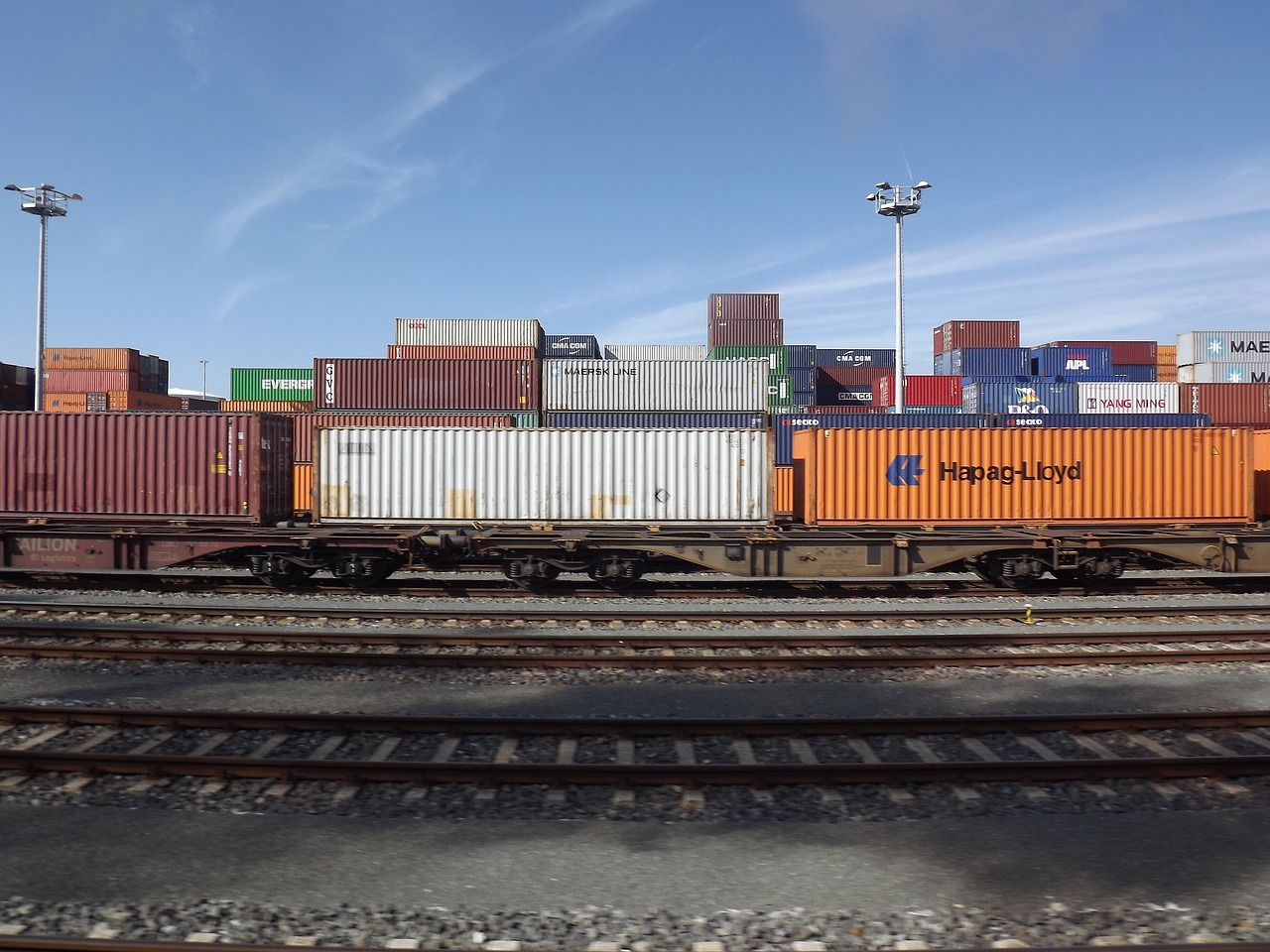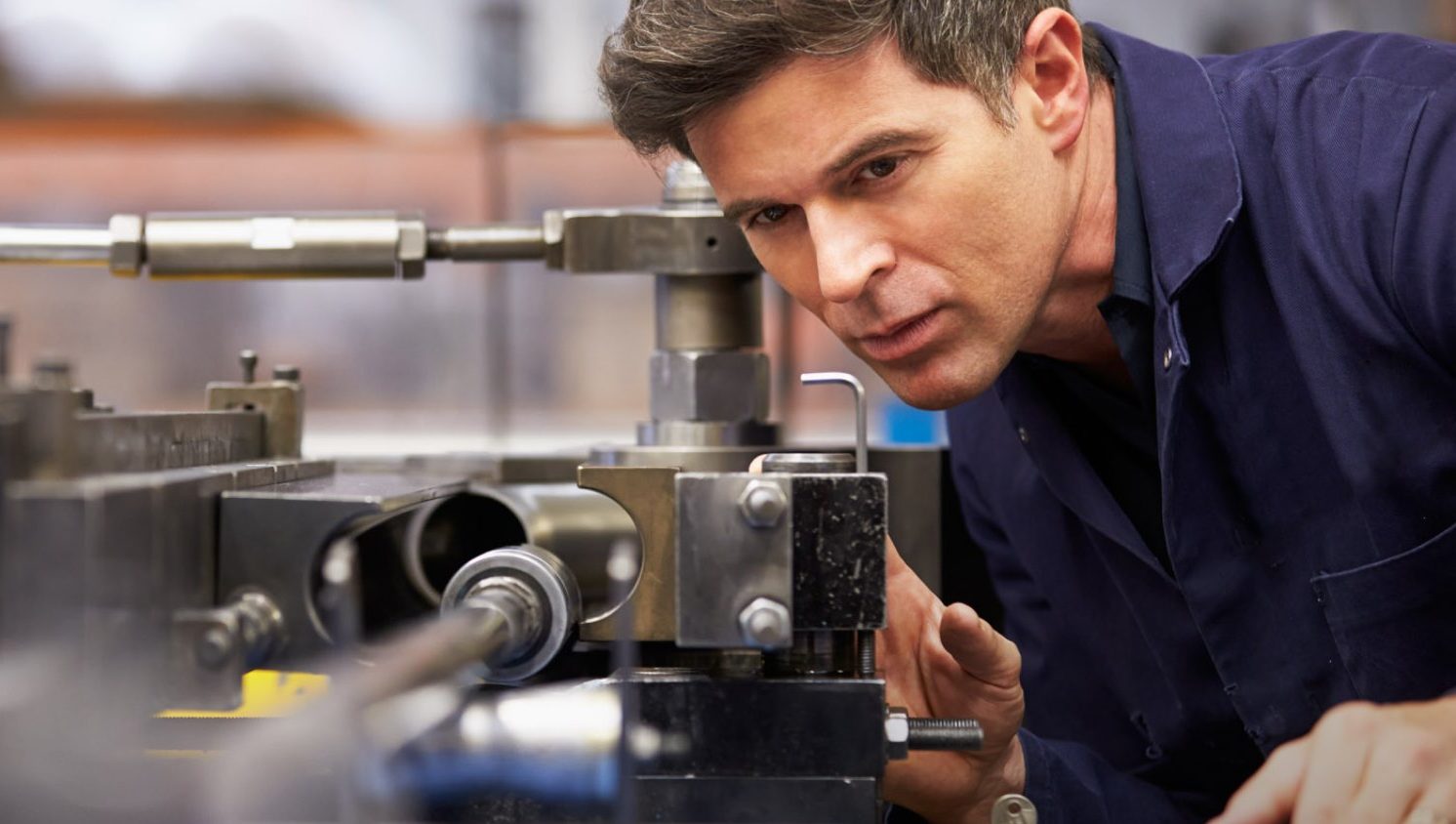In Europe, Germany and Hungary are virtually the only hope for the sector of producing batteries for electric cars.Continue reading
One job created in the automotive industry can retain an additional 1.3 jobs through the supply chain and through workers spending their earnings – reports Világgazdaság.
The flow of foreign working capital into Hungary has been almost unstoppable for years, with foreign-owned companies investing 14 percent of Hungary’s GDP in the last three years alone, and there is currently no sign that this would change much in the future. Indeed, the ongoing transformation of the global economy and the green shift are simultaneously forcing investment, which is predominantly in the automotive sector and closely related battery manufacturing.
Prime Minister Viktor Orbán said in parliament on Monday that the only question was where these investments would be made, as Europe had decided to go green and the automotive industry was also being forced to take action. He said that if it is good for the Germans, it will be good for us Hungarians too.
He pointed out that
Germany, one of the most advanced countries in the world, will build 14 battery factories in the next few years, giving it the largest capacity in the world.
This still leaves the question of what the Chinese are giving us with these factories and what their significance is for the Hungarian economy. This is what experts had to say.
These investments are coming in segments where Hungary currently has a comparative advantage. It is no coincidence that FDI (Direct Foreign Investment) is flowing into a booming sector like battery production,”
Péter Virovácz, senior analyst at ING Bank, told Világgazdaság, adding that the Hungarian economic set-up and industrial structure determines the type of FDI that comes to Hungary. He said that in addition to the support provided by the government, another factor in favor of Hungary from the investor side is that
we have a very good logistical location, a good road and rail network, making it much easier to arrange transport, and Hungarian labor remains cheap.

Photo: Pixabay.com
According to the expert, even though these factories are built with imports, and there is a high import share in production, they can still provide around 30-40% domestic added value, so they have a positive return.
In addition, every job created in the automotive industry can retain another 1.3 jobs through the supplier network and the fact that workers spend their income.
He stressed that it is not only the added value that a factory generates that needs to be looked at, but also the multiplier, spill-over effect.

Photo: Facebook/Denso Hungary
It is not only the green shift but also global economic trends that are driving these investments, with concepts such as near shoring and friend shoring, now a reality after the epidemic disruption of supply chains, also underpinning protectionist aspirations. In this context, Virovácz highlighted the importance of the United States’ Inflation Reduction Act (IRA), promoting the creation of productive capacity within the US.
Then again, China is also trying to do the same, partly at home and partly by entering the European market, and the European Union is not standing still either, which is more in line with the process we are seeing than the green shift.
Gábor Regős, head of the Makronóm Institute, pointed out that
the inflow of foreign working capital is of paramount importance for Hungary and the region,
given that before 1990, no competitive Hungarian enterprises could be established, which would have helped to accumulate capital, and therefore the region needed and still needs foreign capital. This is reflected in the macroeconomic data: in terms of added value generated by companies, the share of foreign-owned companies in Hungary is the highest after Ireland (46.5% in 2020), followed by the regional countries (Czech Republic, Slovakia, Romania), and Luxembourg.

Photo: Pixabay.com
Foreign firms tend to have more capital and better technology, so they can create a lot of jobs quickly, and this was particularly in demand in the first half of the 2010s, he went on to say, adding that Hungary should both encourage foreign investment and support domestic firms (typically SMEs) to develop.
Hungary stands a good chance of achieving a top position in the EU in battery capacity in the coming years, which also means that the coming to fruition of investments by SK Innovation, Contemporary Amperex Technology Co. (CATL), or the recently announced Sunwooda could have a tangible impact on growth.
Previous analyses have suggested that the Hungarian economy could expand at a rate of 5-6% in the medium term.
They could first feed into investment and then into production from 2024-2025, supporting GDP growth in the period to 2030.
Featured image: Pixabay.com